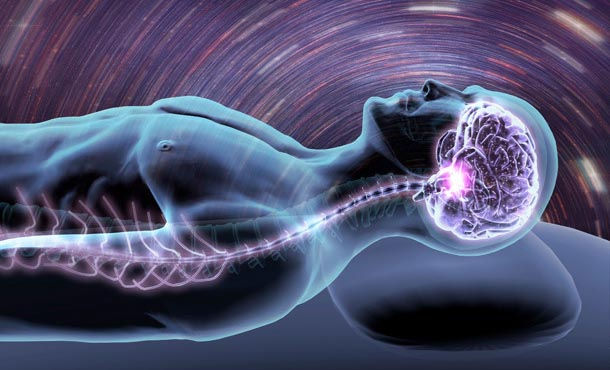Amygdala
- Ayesha Jannat

- Nov 22, 2022
- 2 min read
The amygdala is a complex structure of cells nestled in the middle of the brain, adjacent to the hippocampus (which is associated with memory formation).
There are two almond shaped amygdalae in each hemisphere of the brain of which, each has three known functionally distinct parts:
The medial group of subnuclei which has many connections with the olfactory bulb and cortex (related to sense of smell)
The basolateral group (below and to the side) has a number of connections with the cerebral cortex, particularly the prefrontal cortex within the frontal lobes.
The central and anterior group of the nuclei which has many connections with the brain stem, hypothalamus, and sensory structures.

The amygdala is primarily involved in the processing of emotions and memories associated with fear. The amygdala is considered to be a part of the limbic system within the brain and is key to how we process strong emotions like fear or pleasure. In addition, human neuroimaging studies suggest a role for the amygdala in mediating the so-called framing effect during economic choices, which is thought to reflect the effect of positive or negative emotion on decision making.
While talking about amygdala’s role in decision making, another term “Amygdala Hijack” should be brought to the table. Amygdala hijack happens when the control of a person’s ability loses to respond rationally to a threat. This then leads to the person reacting in an intense, emotional way that may be out of proportion to the situation. In most instances, if the threat is not linked to serious danger, the person will be able to rationalize it and react in a manner that is appropriate to their situation.
Reference:




Comments